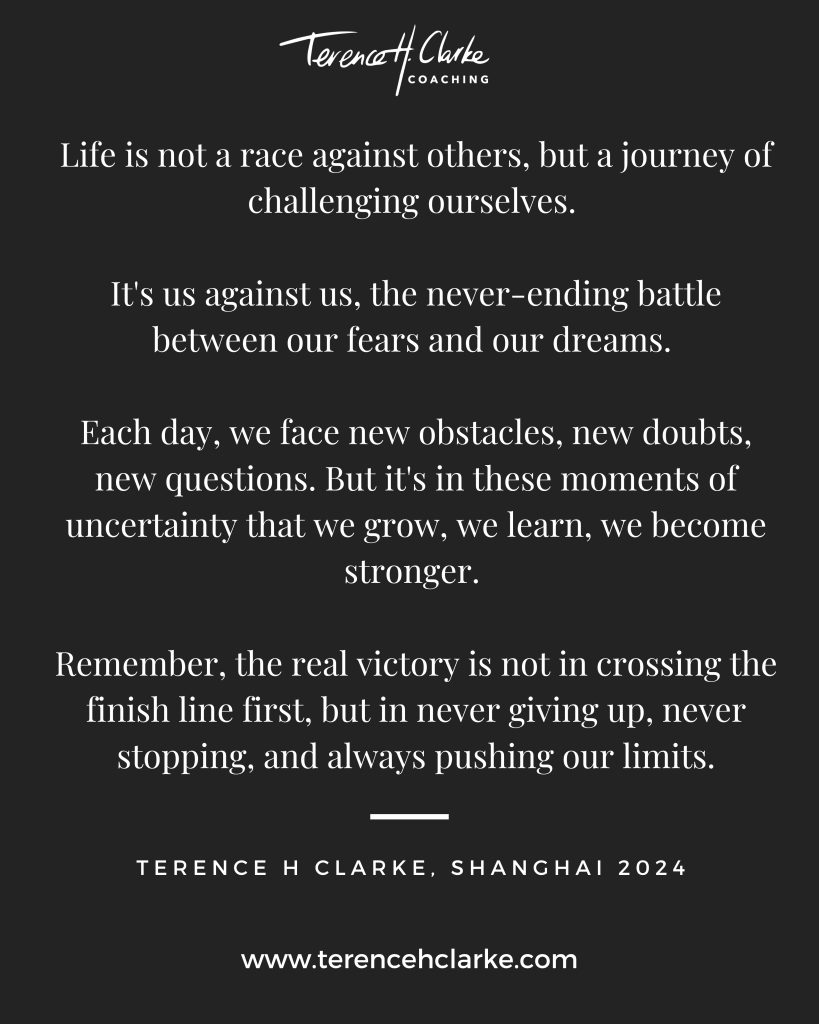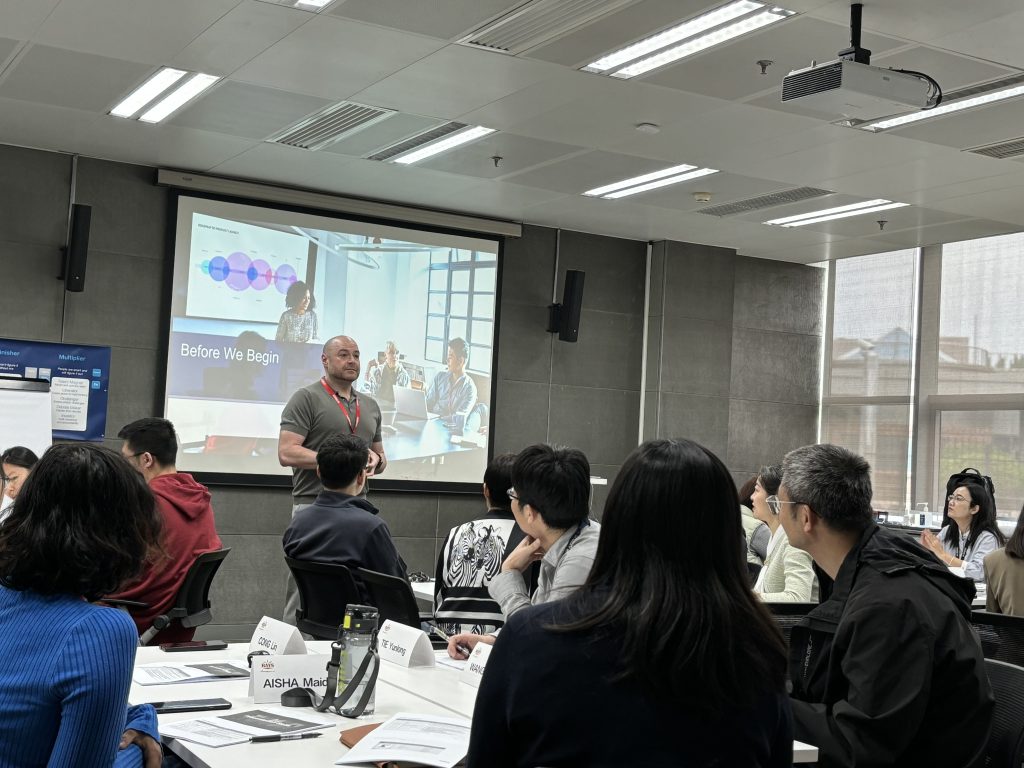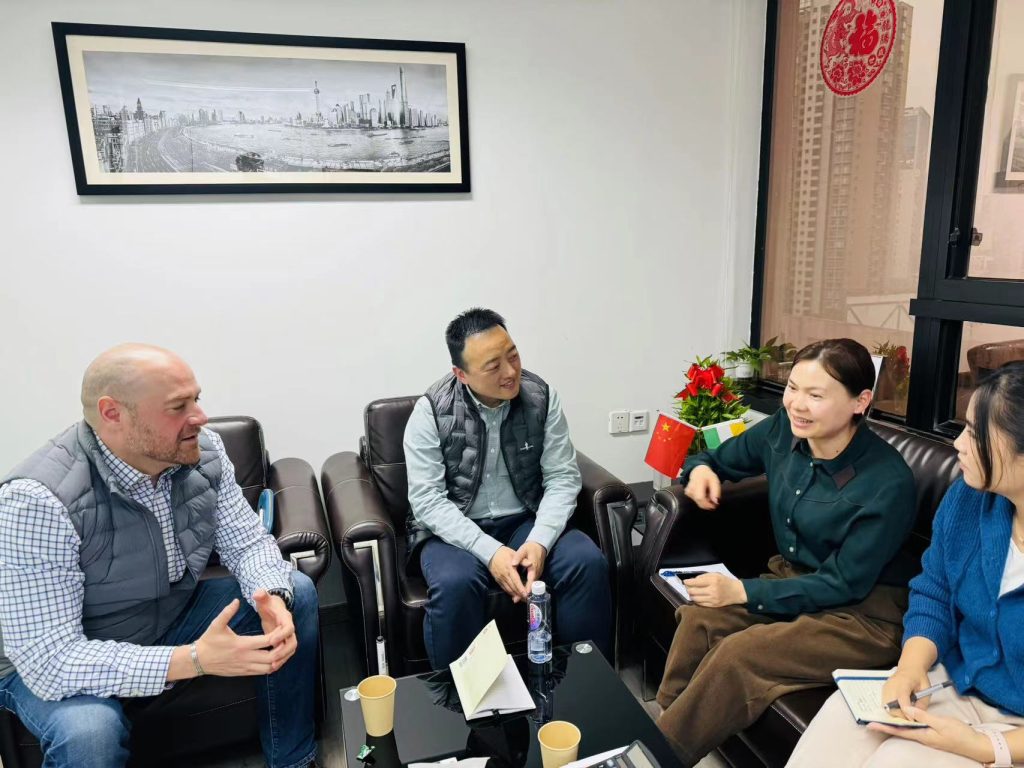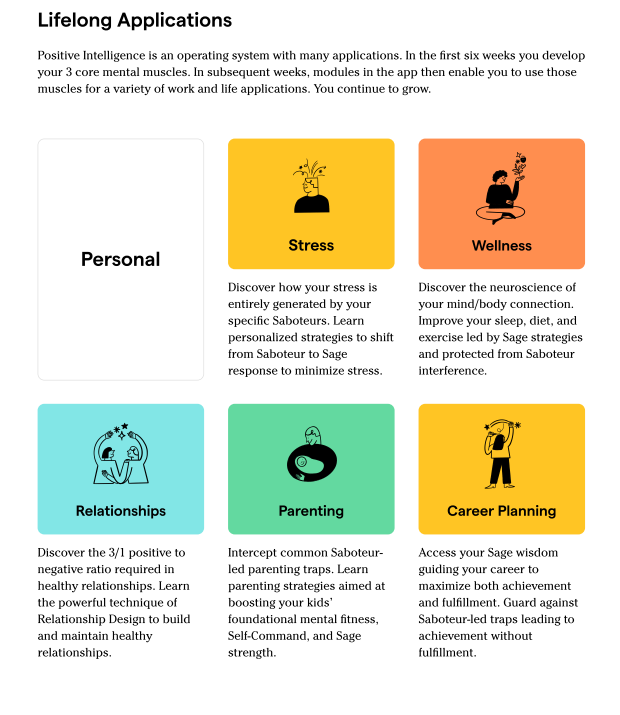Build Powerful Habits for a Positive Mind positiveintelligence.com Most attempts at positive change fail because we stop at insight and don’t build habits. Sustained change towards a more positive mind requires laying down neural pathways to form new habits through consistent daily practice. And that’s what our program design empowers you to do. Welcome to the world of Positive Intelligence®, a transformative program designed to enhance your mental fitness and unlock your true potential. In this article, we will explore the remarkable benefits of the Positive Intelligence® program through the inspiring success stories of individuals from various walks of life. Discover how Positive Intelligence® has positively impacted students, surgeons, and sales directors, and learn how it can revolutionize your life too. Enhanced Mental Resilience: Stories of Overcoming Challenges Meet Sarah, a university student struggling with self-doubt and anxiety. Through the Positive Intelligence® program, Sarah learned to identify and overcome her saboteurs, those internal voices that held her back. By cultivating a positive mindset and building her mental resilience, Sarah gained the confidence to tackle her studies more effectively, leading to improved grades and a renewed sense of self-belief. Heightened Self-Awareness: Stories of Personal Growth Dr. Michael, a skilled surgeon, recognized that his perfectionist tendencies were hindering his professional and personal life. With the guidance of Positive Intelligence®, he developed a deeper self-awareness and gained insight into his saboteurs. By embracing self-compassion and letting go of unrealistic expectations, Dr. Michael experienced greater ease in his work, improved relationships with colleagues, and a healthier work-life balance. Amplified Productivity and Performance: Stories of Achievement Anna, a sales director, was constantly overwhelmed by competing demands and high-pressure targets. Through Positive Intelligence®, she learned to manage his stress and focus on what truly mattered. By developing a positive mindset and employing effective strategies, Anna became more productive, closing deals more efficiently while maintaining her well-being. Her increased performance not only brought professional success but also improved her overall quality of life. Enhanced Relationships: Stories of Connection Emily, a marketing executive, struggled with building strong relationships with her team. The Positive Intelligence® program helped her recognize her judgmental tendencies and develop empathy and effective communication skills. By fostering a positive and inclusive work environment, Emily witnessed a significant improvement in team collaboration, trust, and overall morale. Her enhanced relationships not only boosted team performance but also contributed to her personal growth and happiness. Cultivated Positive Mindset: Stories of Transformation Mark, a small business owner, faced numerous setbacks that left him feeling discouraged and stuck. Through Positive Intelligence®, he learned to reframe challenges as opportunities for growth. By adopting a solution-oriented mindset and leveraging his mental resilience, Mark turned obstacles into stepping stones, leading to innovative solutions and business expansion. The program empowered him to embrace change, leading to renewed passion and a more fulfilling entrepreneurial journey. Improved Well-being and Happiness: Stories of Fulfillment Finally, meet Lisa, a busy working professional juggling multiple responsibilities. Through Positive Intelligence®, she discovered the importance of self-care and prioritizing her well-being. By managing her energy and reducing stress, Lisa experienced increased happiness, improved work-life balance, and enhanced overall well-being. The program helped her shift from surviving to thriving, leading to greater fulfillment in both her personal and professional life. The power of Positive Intelligence® is evident in the inspiring success stories of individuals from various backgrounds. Whether you are a student, a surgeon, or a sales director, Positive Intelligence® has the potential to transform your life. By enhancing mental resilience, fostering self-awareness, amplifying productivity and performance, improving relationships, cultivating a positive mindset, and increasing well-being, this program empowers individuals to unlock their true potential and live a more fulfilling and meaningful life. Are you ready to embark on your own journey of personal growth and success? Explore the possibilities that Positive Intelligence® offers, and witness the remarkable transformation that awaits you. Note: Positive Intelligence® is a registered trademark of Shirzad Chamine. Get In Touch For More Information Notice: JavaScript is required for this content.










